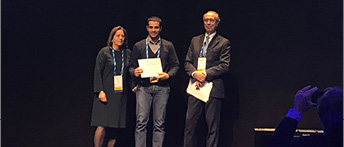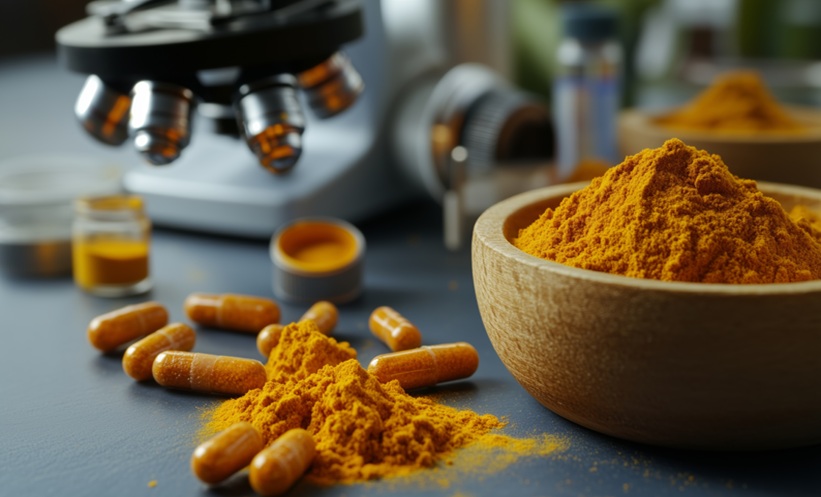Gut microbiota play an important role in gut–liver axis homeostasis. The understanding of the gut–liver relationship is crucial for the advances of research into the microbiome-based, diagnostic, prognostic, and therapeutic modalities to improve management of liver diseases. It is extremely difficult to establish a common set of ‘healthy’ gut microbiota because it may vary even between individuals of the same species. The onset and progression of liver diseases have been associated with gut microbiota dysbiosis through increasing lipopolysaccharides and gut barrier dysfunction.1 In particular, several liver disorders, such as alcoholic liver disease and nonalcoholic fatty liver disease, have been associated with small intestine bacterial overgrowth.2 Besides the impact of gut microbiota, other strategies to restore liver injury are based on the modulation of specific miRNA that might be involved in liver protection or injury.3–5 miRNA participate in a variety of biological processes, such as cellular differentiation, metabolism, proliferation, immune response, and apoptosis.6 New evidence suggests that endogenous miRNA, secreted into the intestinal lumen, may modulate gut microbiota function and abundance.7 For instance, the loss of miR-21 alters gut microbiota composition in mice and protects against inflammatory bowel disease.8 Of note, the authors have previously showed that miR-21 deletion ameliorates liver fibrosis in experimental cholestasis and improves adaptative response to bile acid dysregulation.9 In this study, the authors aimed to characterise changes occurring in the gut microbiota of miR-21 knockout (miR-21KO) mice after bile duct ligation (BDL).
To test their hypothesis, 3-month-old C57BL/6 wild-type (WT) and whole body miR-21KO mice were subjected to sham or BDL surgeries. After 3 days, the small intestine was collected for qRT-PCR analysis of intestinal permeability-related genes. Serum was also collected for biochemical analyses. Gut microbiota composition was evaluated by sequencing the 16S rRNA gene V3 region of bacterial DNA from the small intestinal lumen. For the co-housing experiments, WT and miR-21KO animals were housed together for 1 month and then separated into different boxes for an additional month.
Results showed that miR-21KO mice were protected against small intestinal dysbiosis induced by BDL. In particular, depletion of miR-21 in mice positively correlated with increased Lactobacillus sp. and diminished Proteobacteria. This effect was independent from the BDL, as miR-21KO co-housed mice displayed increased relative abundance of Lactobacillus sp. in the small intestine, compared with WT mice. Of note, separated miR-21KO animals showed higher amounts of Lactobacillus sp. when compared with co-housed miR-21KO. Furthermore, mRNA expression of small intestinal tight junctions (ZO-1, JAM-A, and Occludin-1) and stem cell markers (Lgr5 and Olfm4) were decreased in WT mice after BDL but remained unaltered in miR-21KO animals. Finally, miR-21 ablation also correlated with increased farnesoid X receptor mRNA expression in the small intestine, increased bile acid homeostasis, and reduced liver injury.
Genetic ablation of miR-21 modulated small intestinal permeability and farnesoid X receptor expression, impacting on bile acid production and contributing to improved gut microbiota and host homeostasis. These results reinforce the importance of the gut–liver axis in protecting the liver after acute cholestasis.

MEET THE PRESENTER
The EMJ team were privileged to meet with study author Dr André Fernando Anastácio dos Santos after his presentation to discuss his work and his experience as a first-time presenter at the EASL ILC.
Could you please summarise how you came to work in your current laboratory?
As a biologist, I am passionate about micro-organisms and their capability to adapt to a variety of environments. My curiosity about microbial adaptation led me to embrace the studies of the bacterial metabolic pathways of the sulfate/sulfite reducers. My PhD project was entitled ‘Novel insights into dissimilatory sulfite reductase’, where I studied the sulfide producers and realised their vital role in several anaerobic environments, such as the human gut. Knowing that these organisms are associated with several human diseases, such as inflammatory bowel disease, Crohn’s disease, and autism, I became intrigued by their mechanisms of action. Now, I want to continue my personal project of understanding how micro-organisms strikingly influence human disorders, with a focus on the gut–liver axis. To fulfil my goal of connecting bacterial metabolism with human pathology, I have teamed up with Dr Cecília Rodrigues, head of the Cellular Function and Therapeutic Targeting laboratory at the iMed.ULisboa, who is a recognised expert on liver diseases with interest in the gut–liver axis.
What is it like to present research at an international conference like this one?
I must say that I was very nervous, but it was a wonderful sensation. To have the opportunity to present my work to the experts in the field is a huge pleasure.
The gut–liver axis has been an important topic for gastroenterologists for some years now and is of growing significance. What can we expect from research into this connection in the future?
I am new to this field, having started my work roughly 3 years ago. Nevertheless, to my knowledge, the gut–liver axis, and particularly bacteria and bacterial products, will be crucial to understanding liver and gut disorders, as they modulate gut homeostasis and contribute to energy availability. I think that in the future we will combine therapeutic strategies such as pro and prebiotics with targeted therapy to the specific diseased pathways or disease mechanisms, both in the liver and the gut.
Congratulations on winning an award at this year’s congress! Could you please tell us about this EASL award and why you were selected?
Thank you. I am very honoured to have been awarded the Daniel Alagille Award by the EASL. The purpose of this award, which honours legendary Prof Daniel Alagille, is to encourage biomedical research in the field of paediatric and adult genetic cholestatic diseases sharing mutual disease-causing mechanisms. Our project aims to understand why 80% of patients with primary sclerosing cholangitis (PSC) also have inflammatory bowel disease (IBD). We propose investigating the role of miR-21, an oncogenic microRNA secreted in faeces, and correlate it with the PSC–IBD profile. Our final goal will be to assess if the expression levels of this marker in the blood plasma, faeces, and intestinal tissue can enlighten our understanding of the combined pathology.
What advice would you give to other young researchers presenting and attending an event like this for the first time?
My advice would be ‘don’t be nervous and enjoy the moment.’ I could not follow my own advice, but I really think that this is a great opportunity to discuss our results and to show to peers our point of view. We normally look at the leaders in the field as ‘scary monsters,’ but I strongly think that we are all here with the same goal of finding new strategies to treat, or even cure, liver disease.








